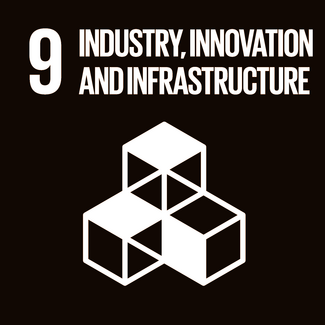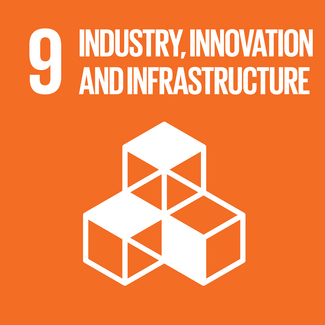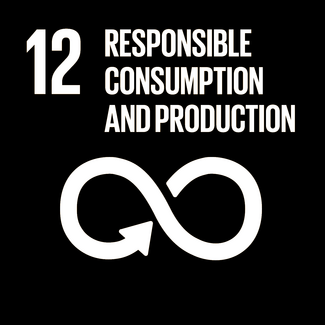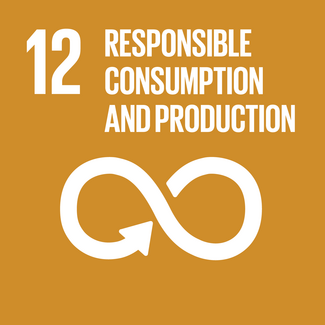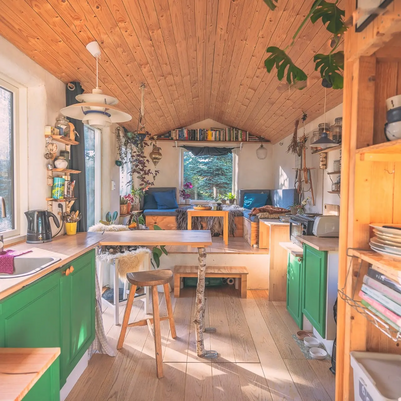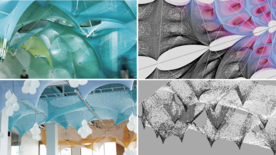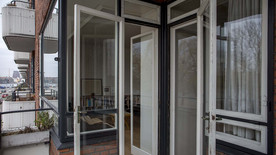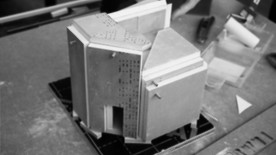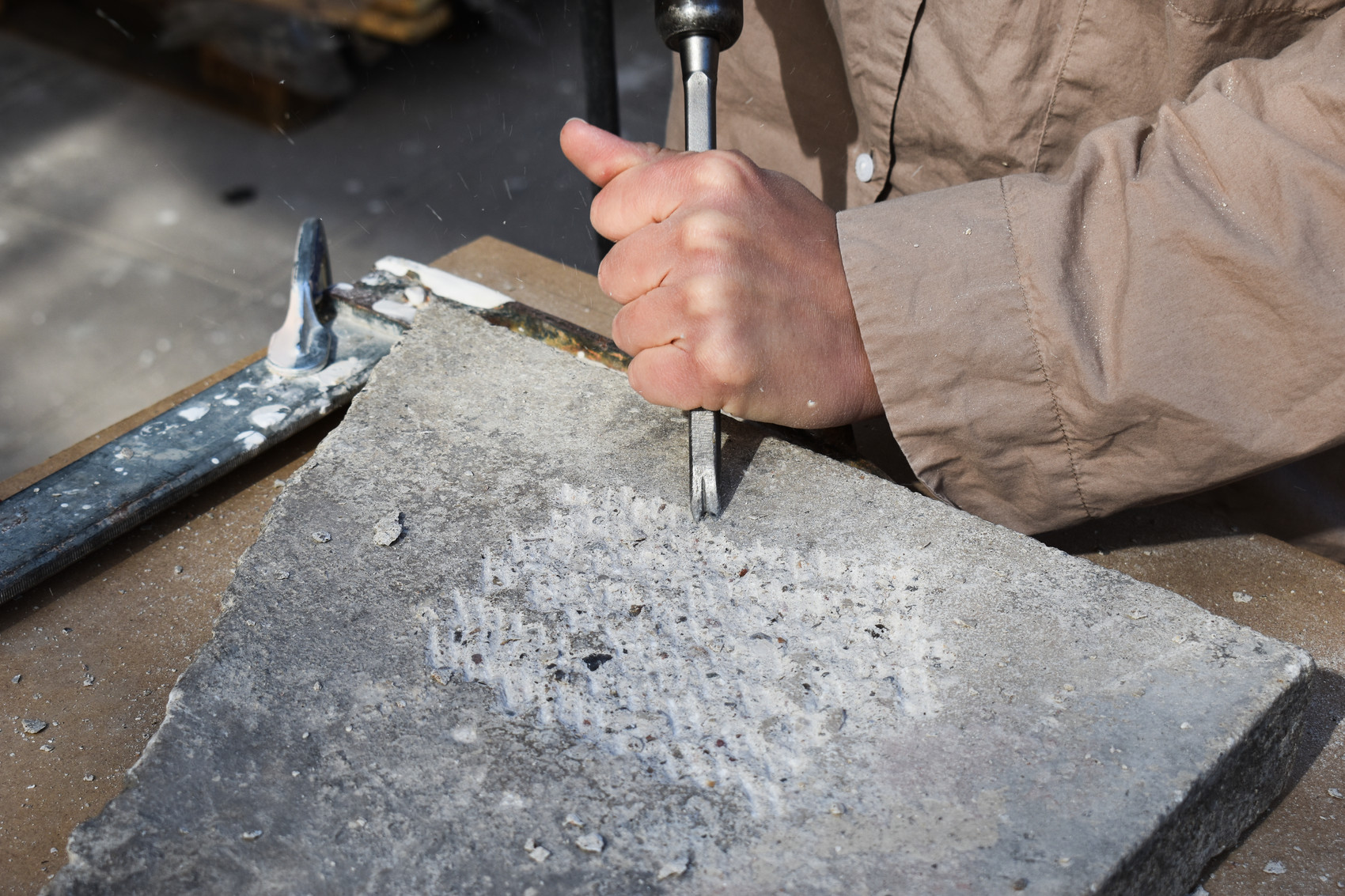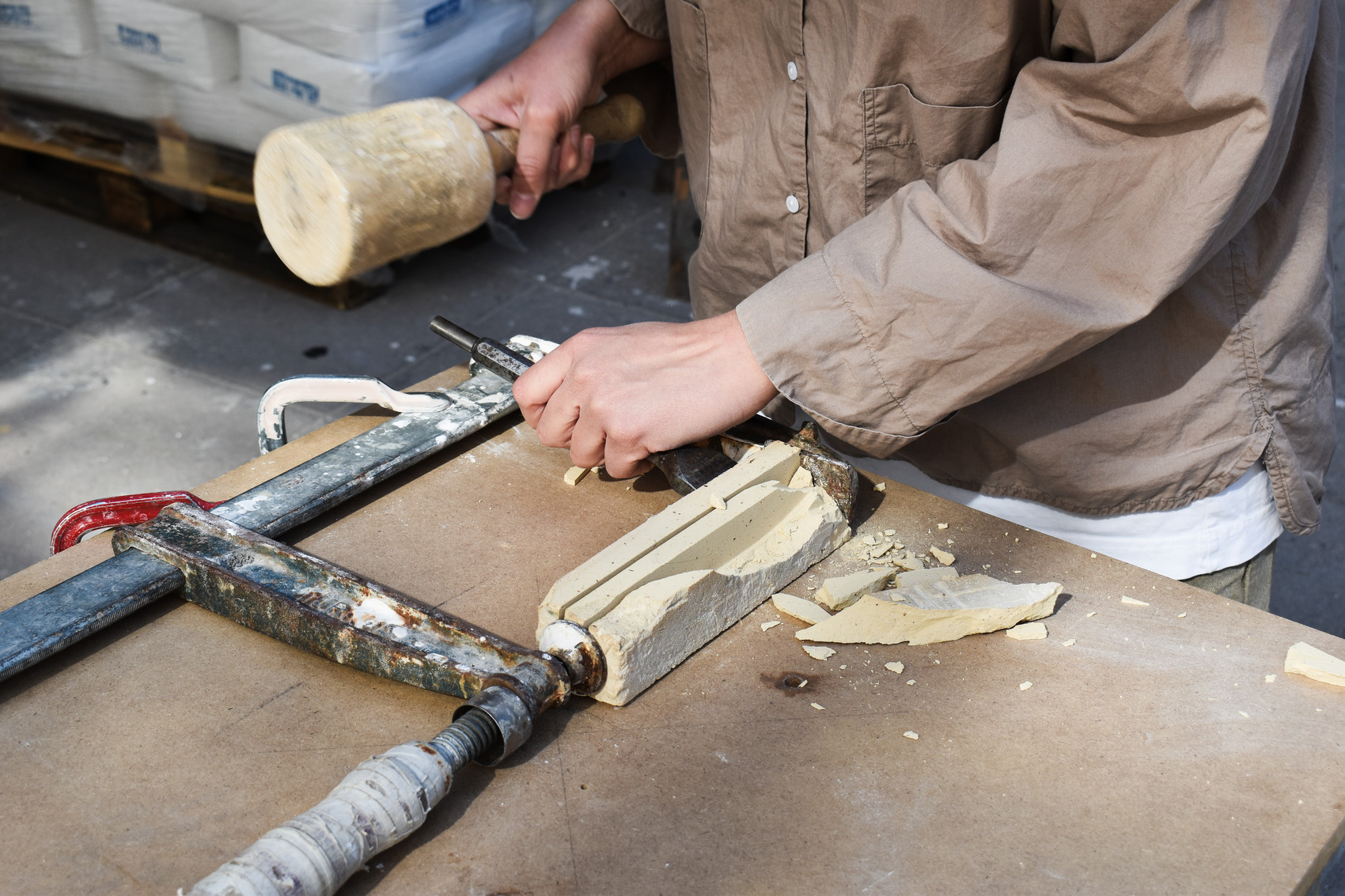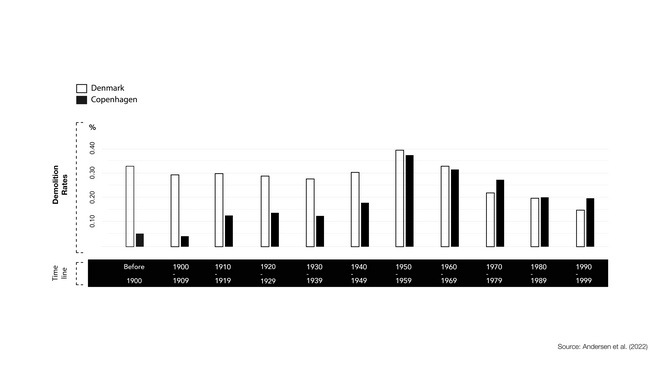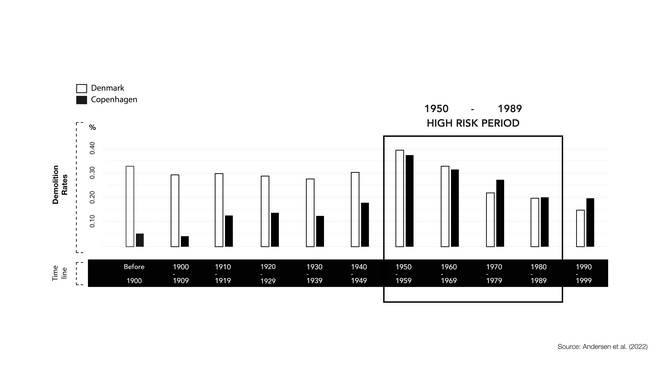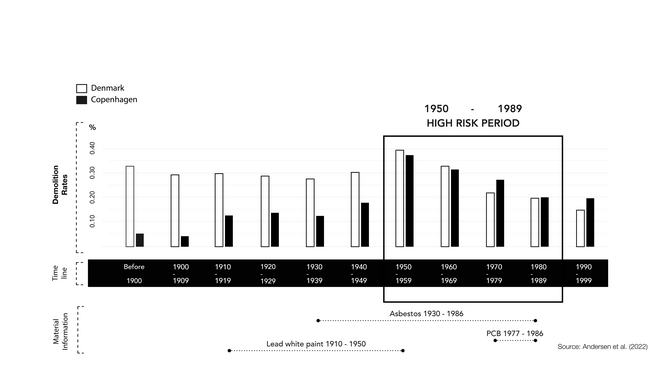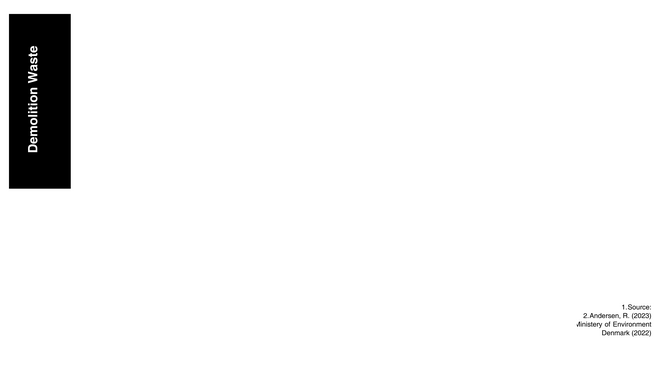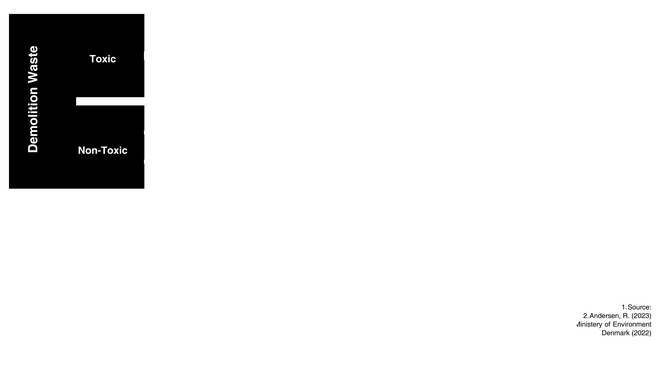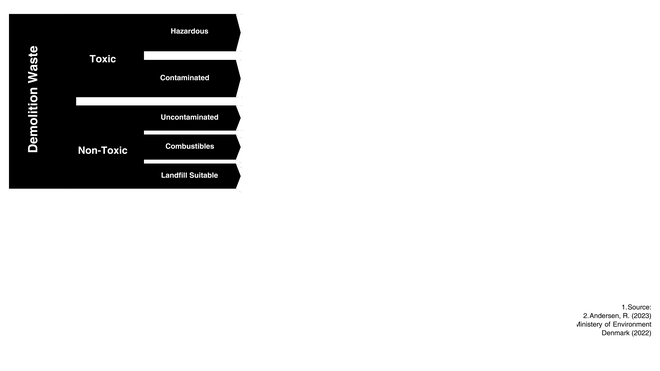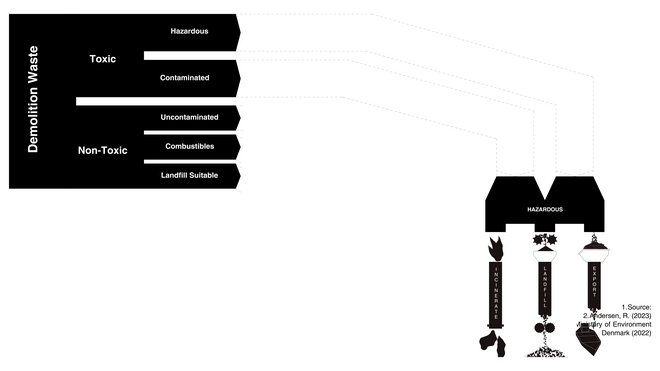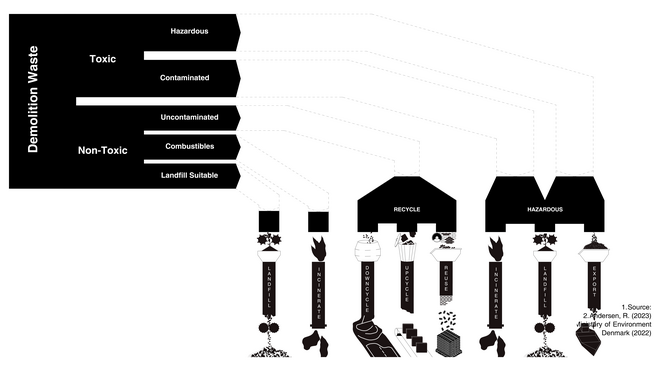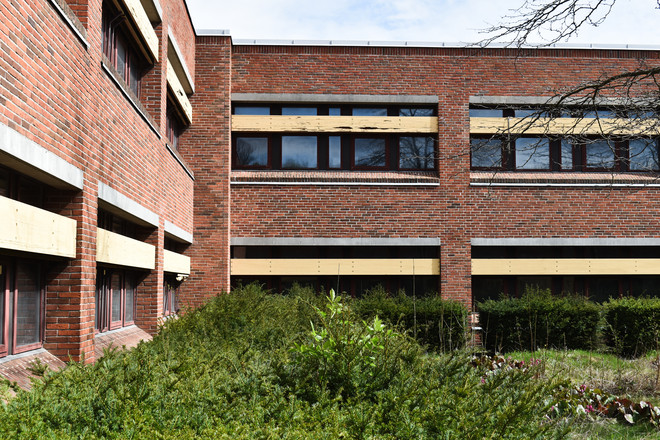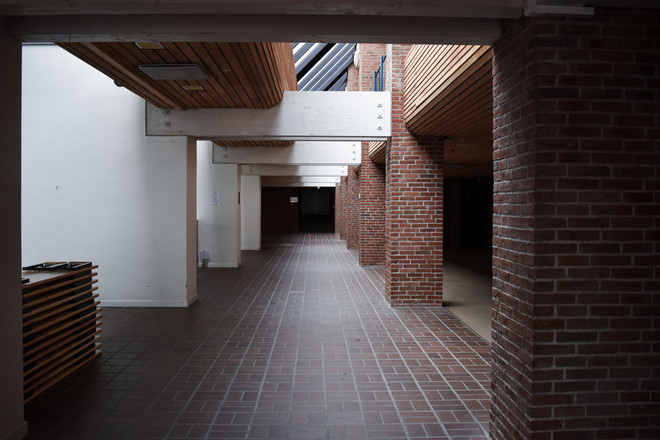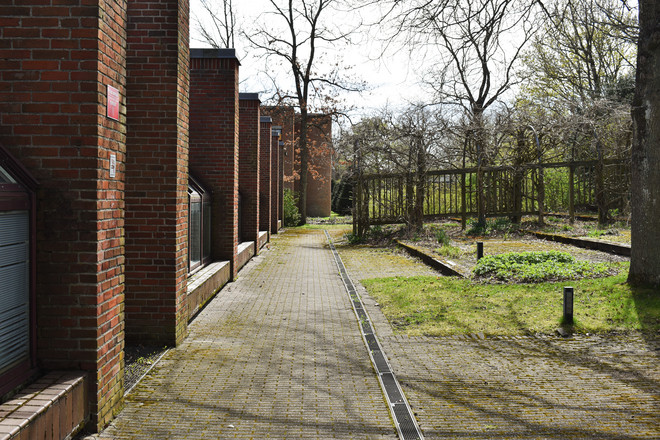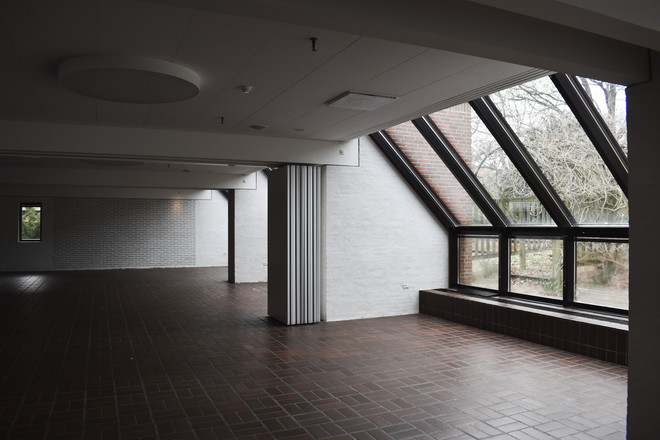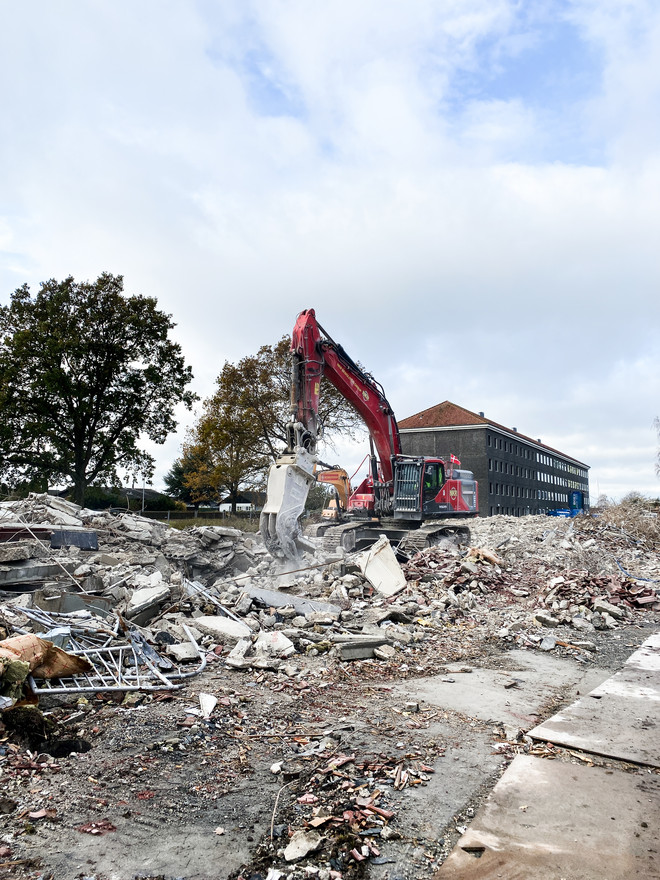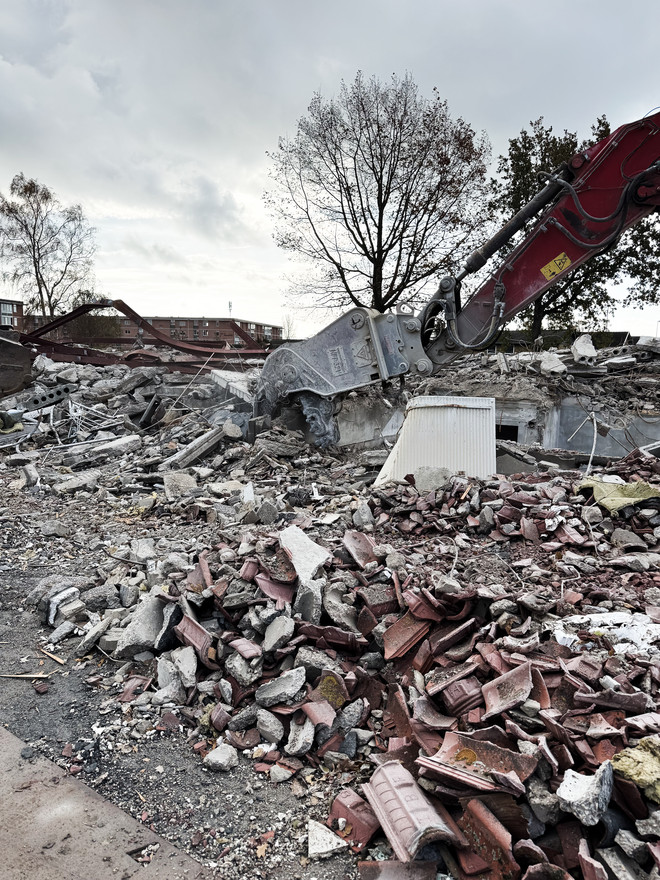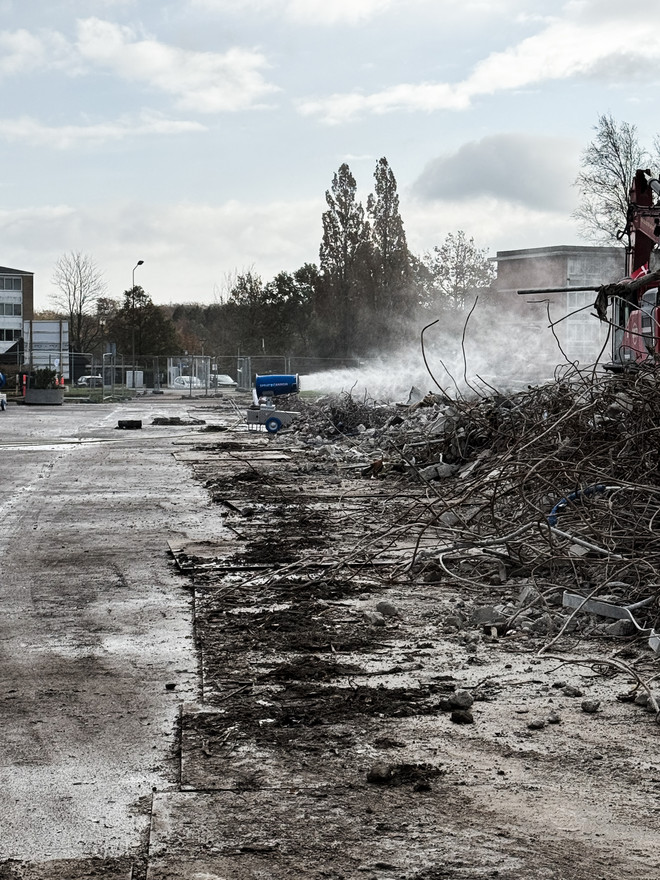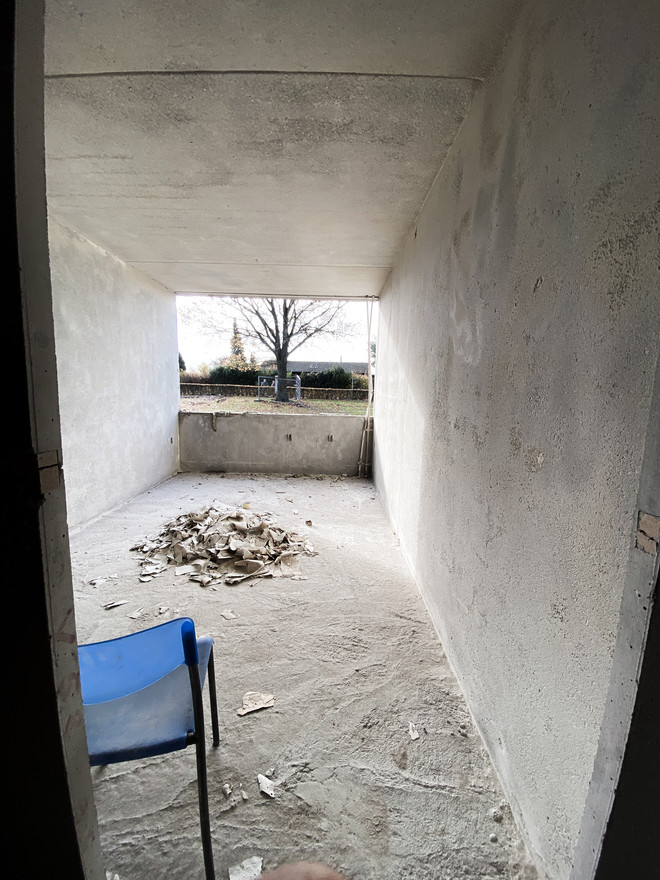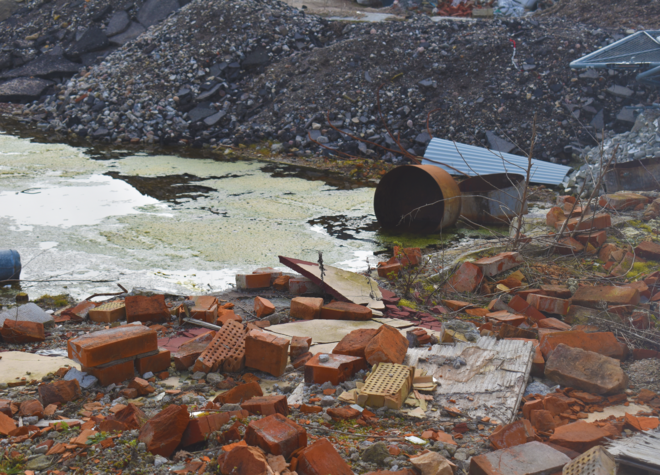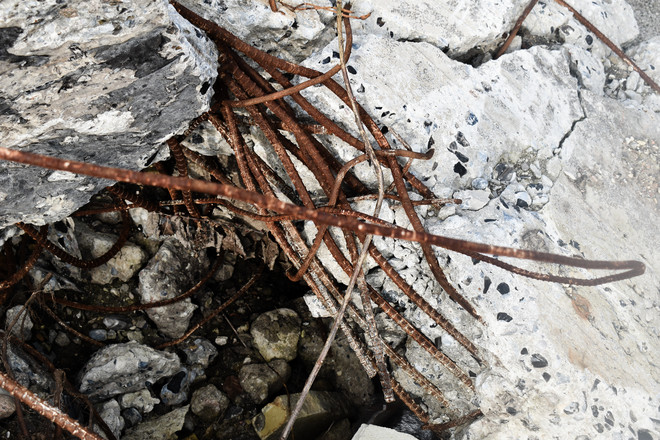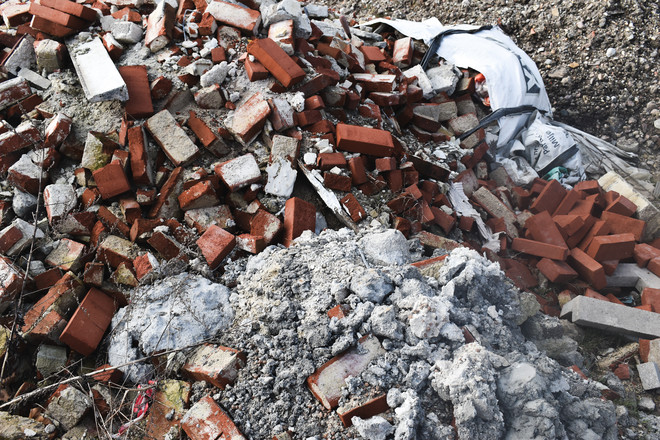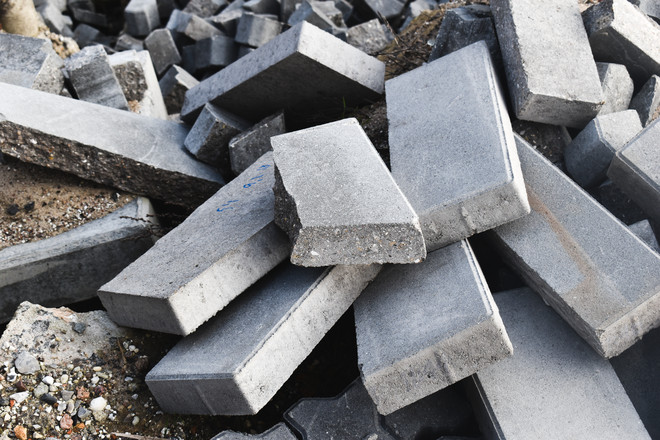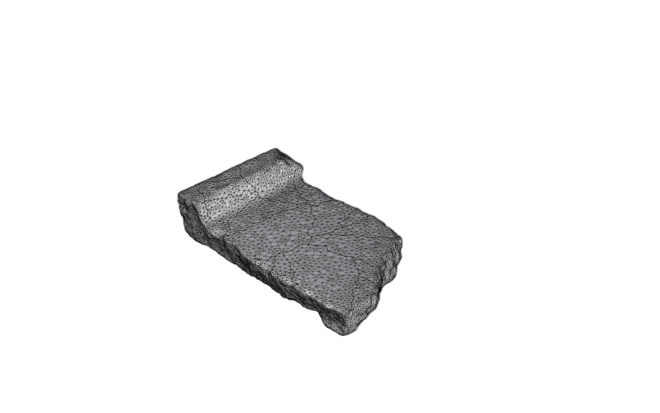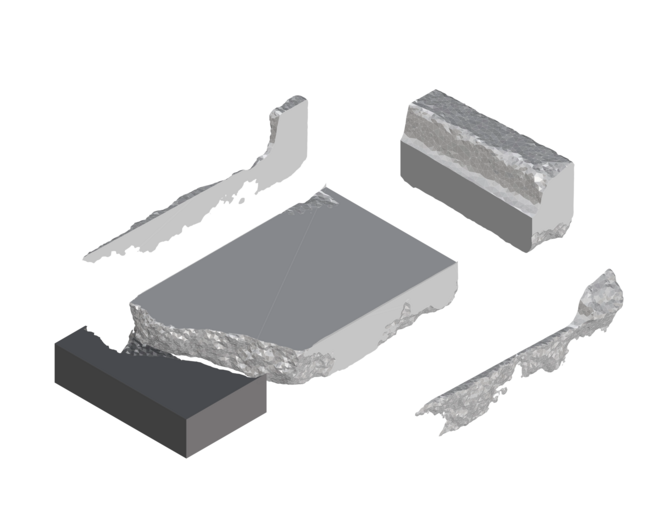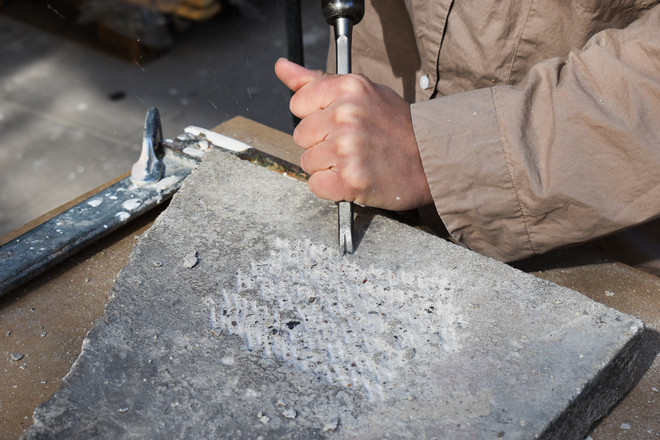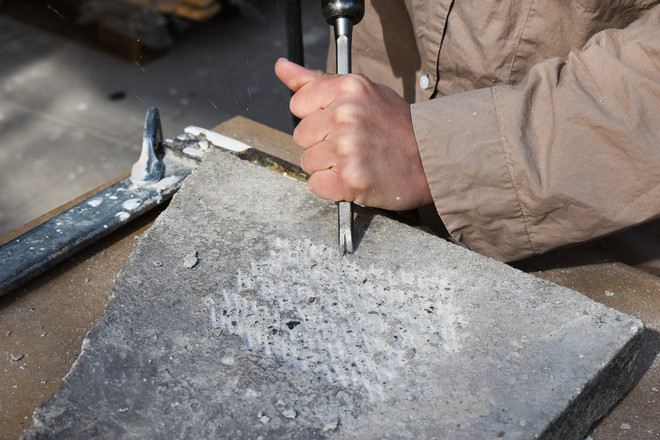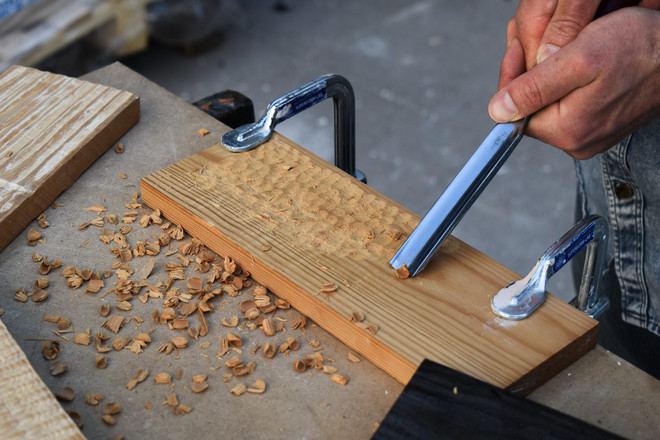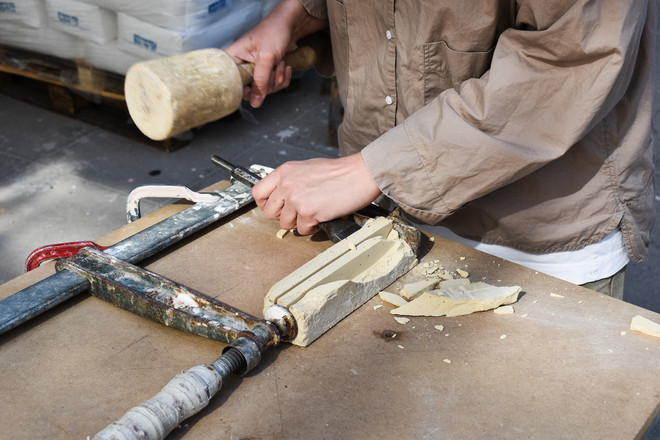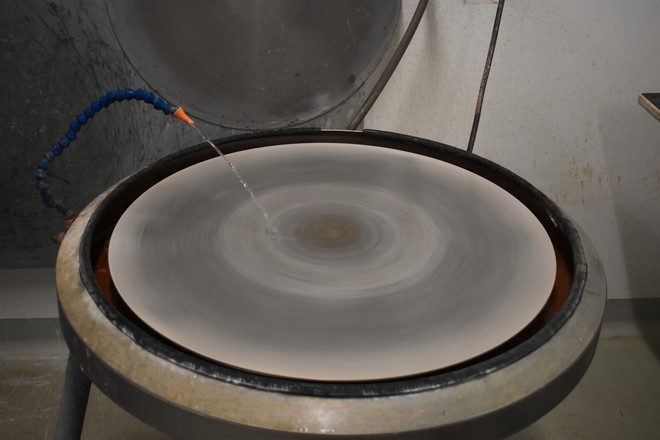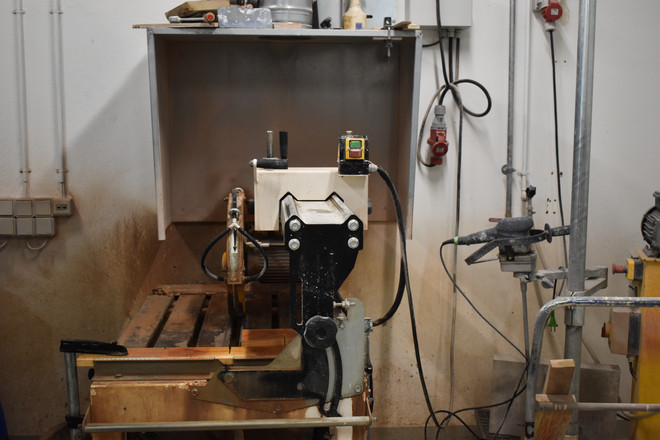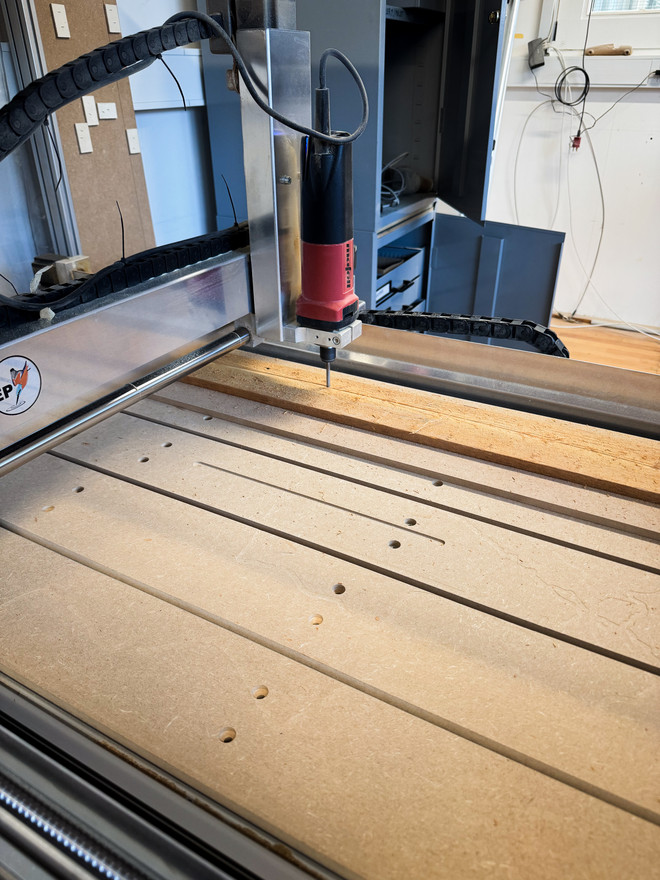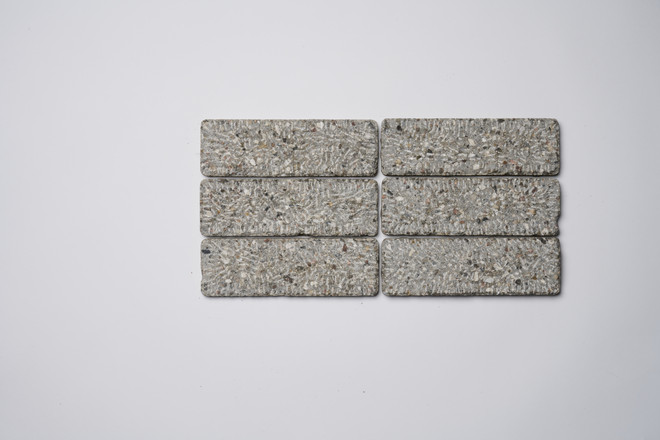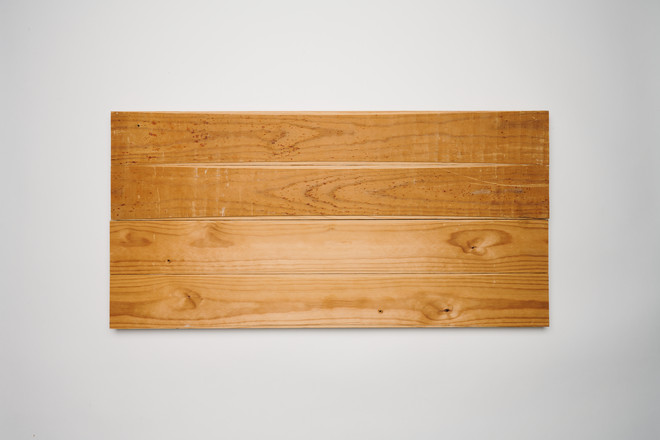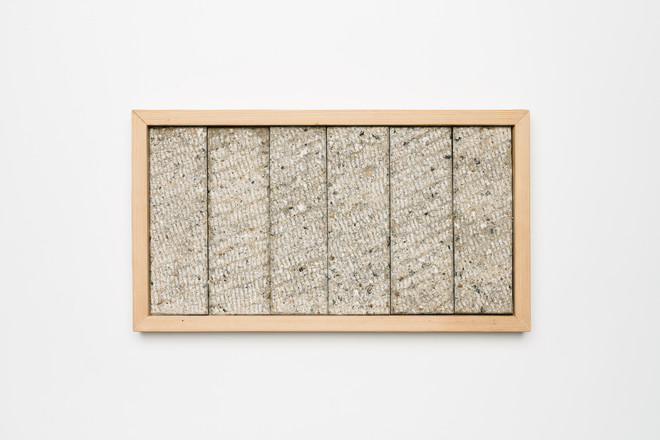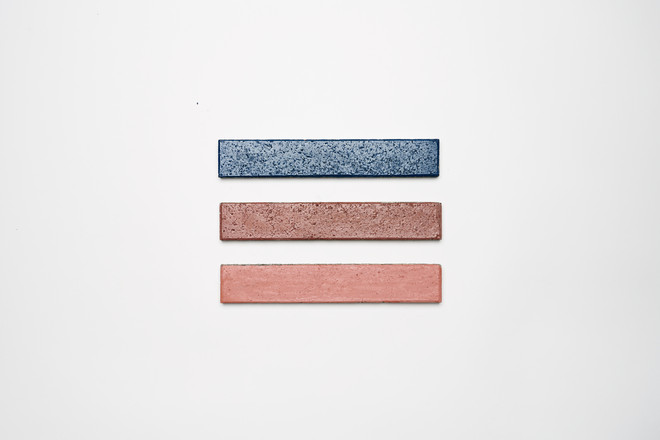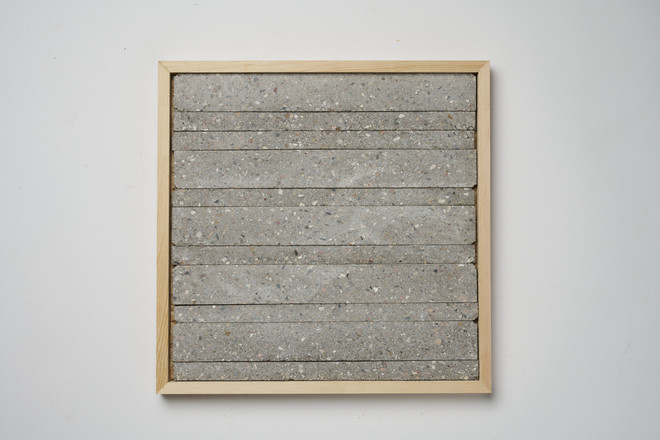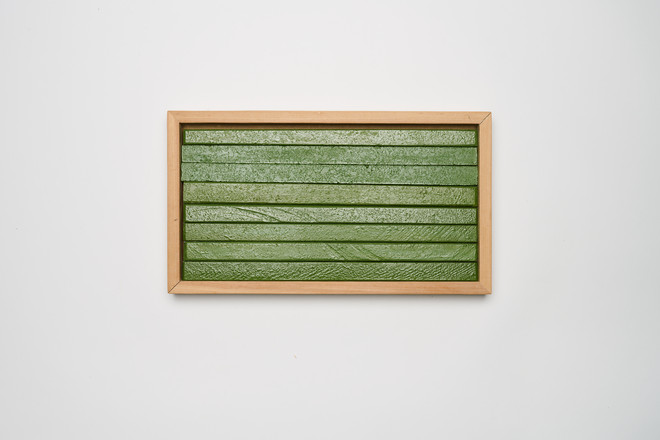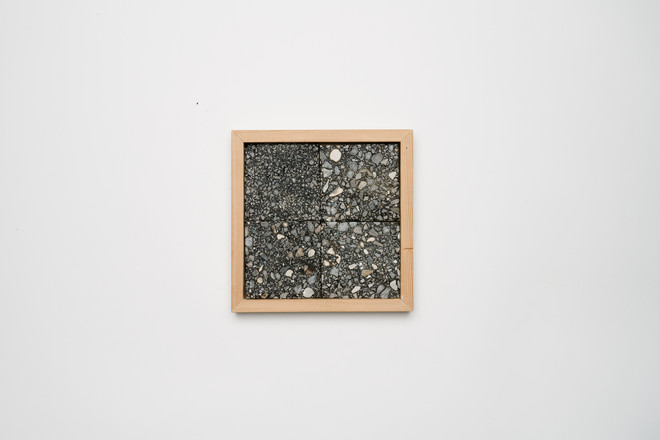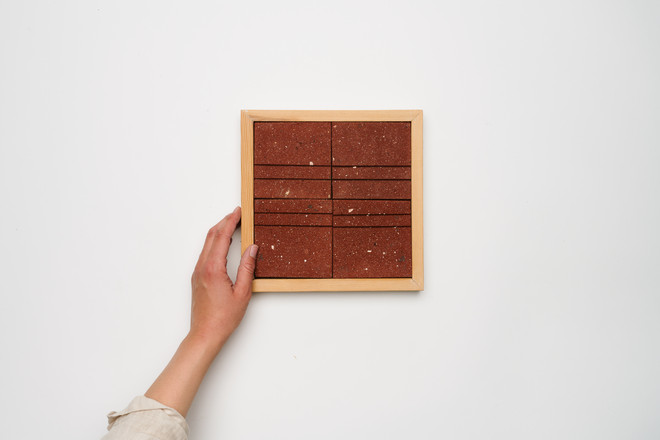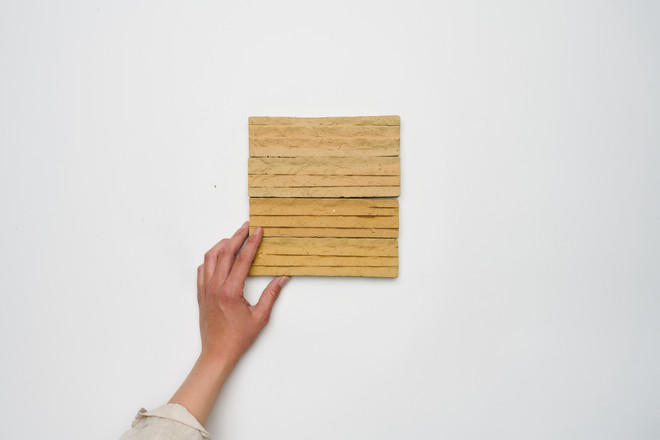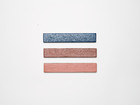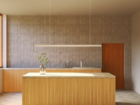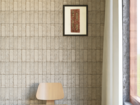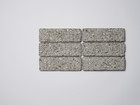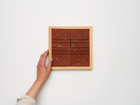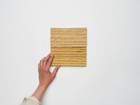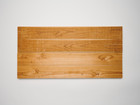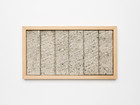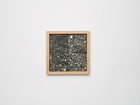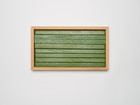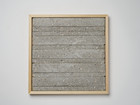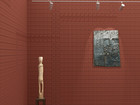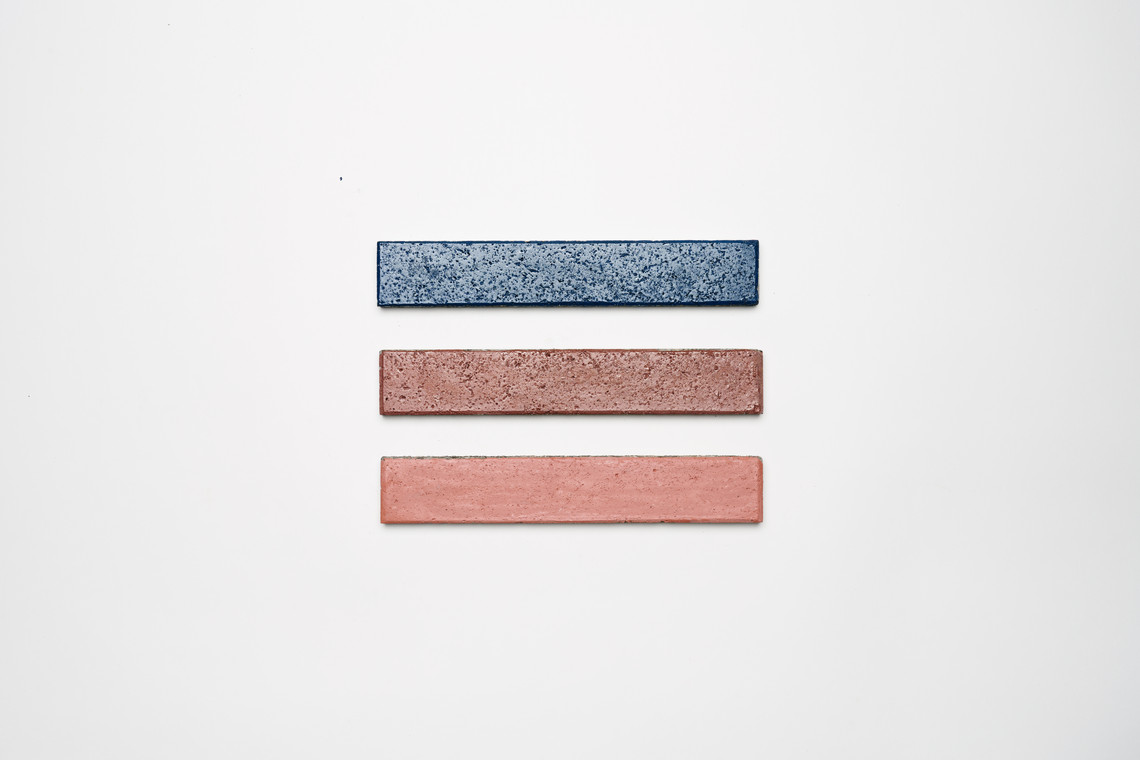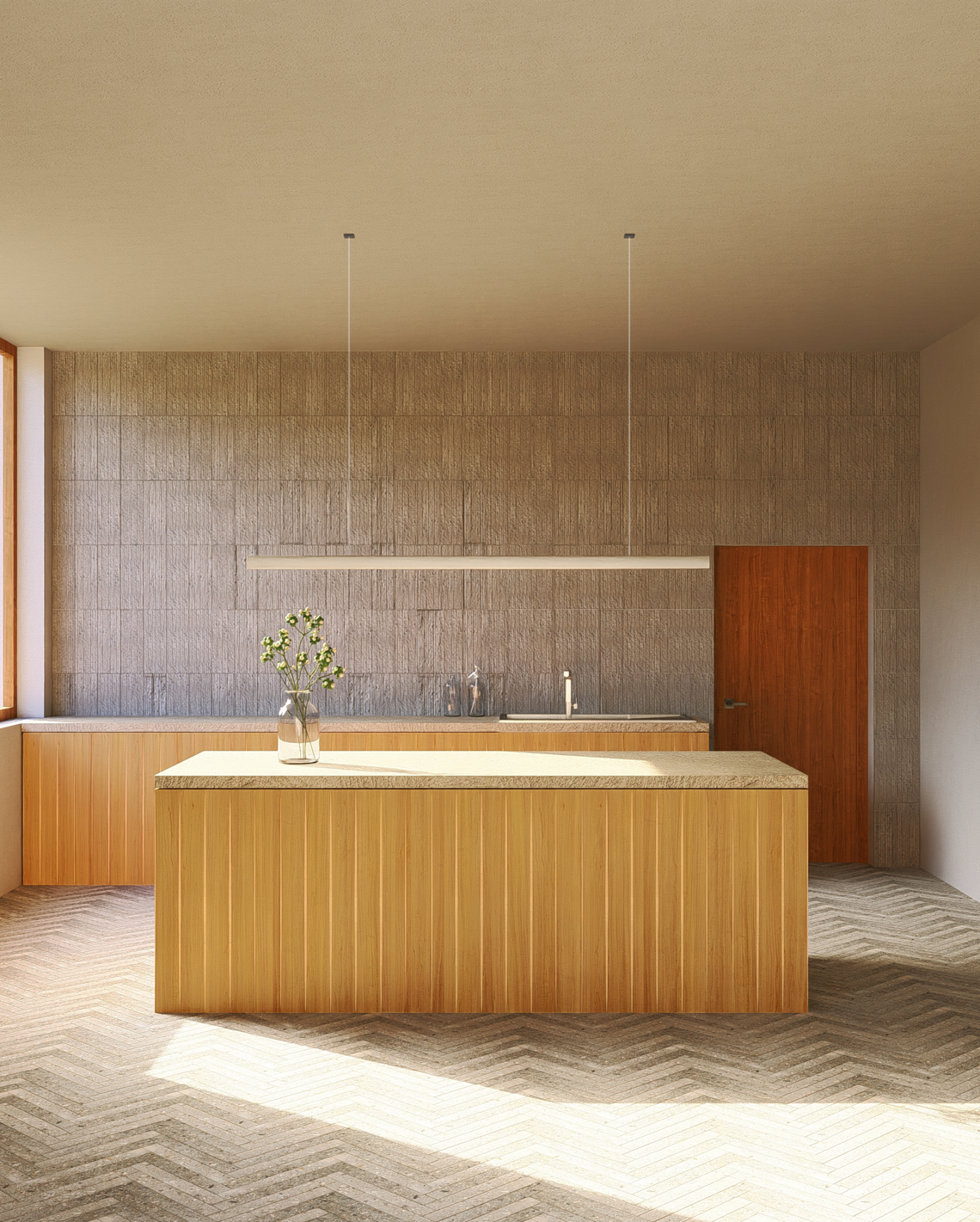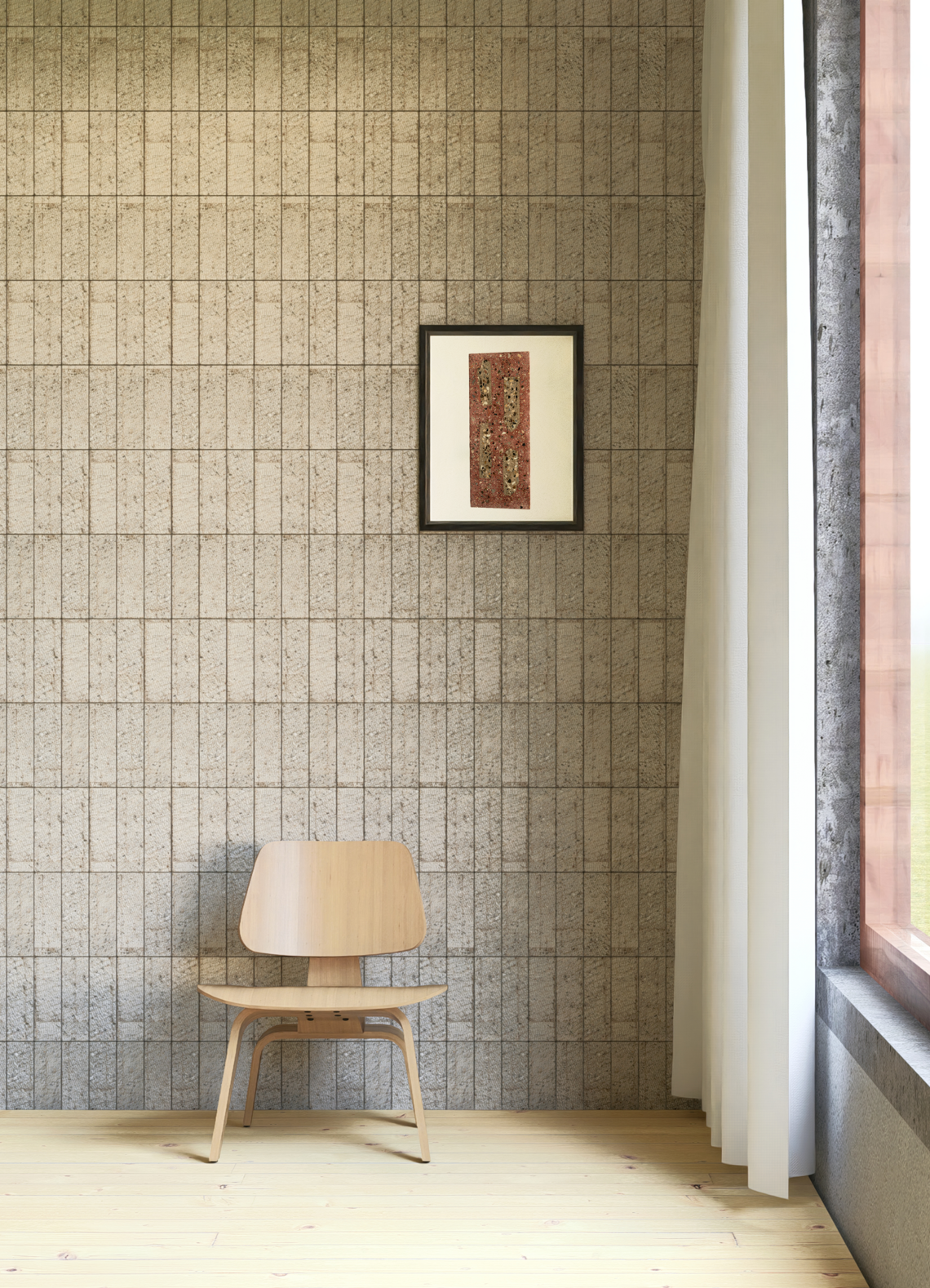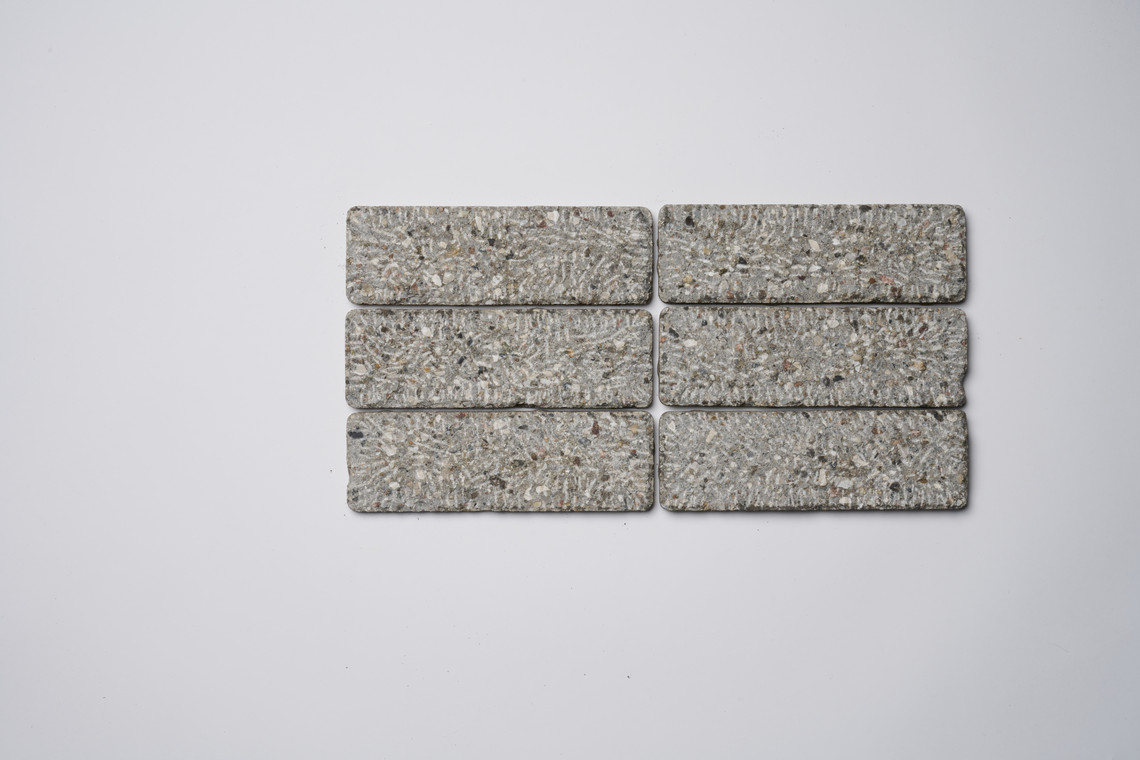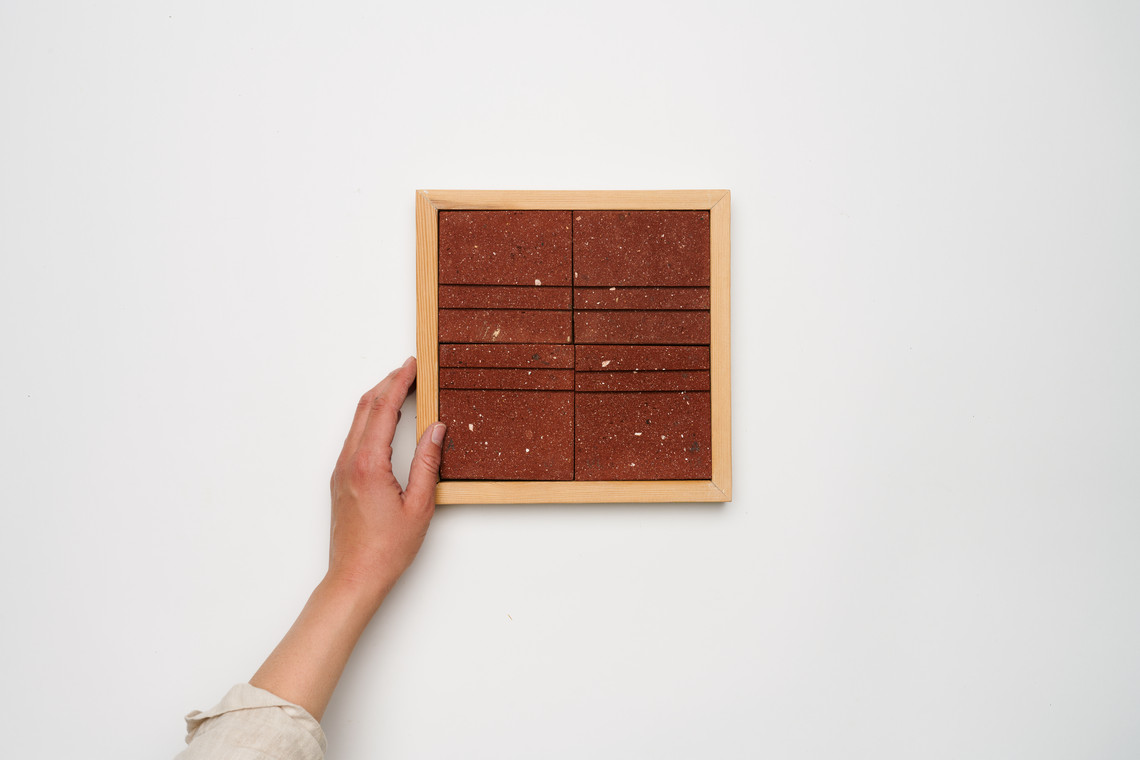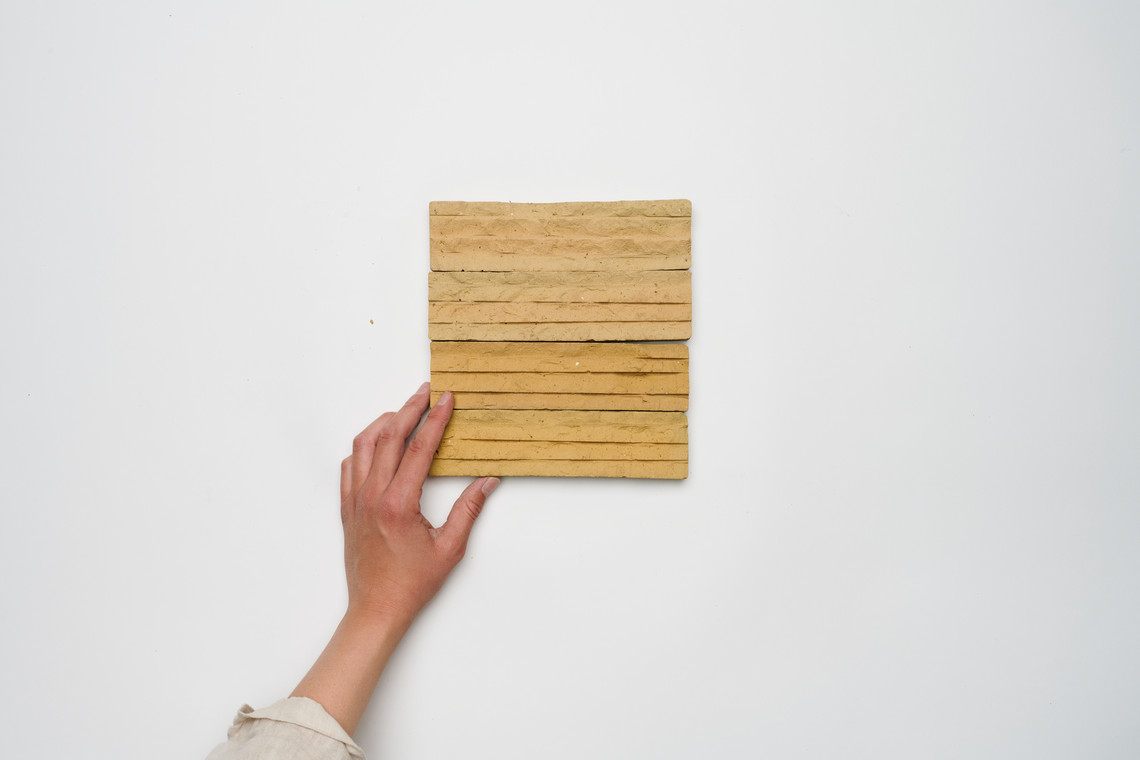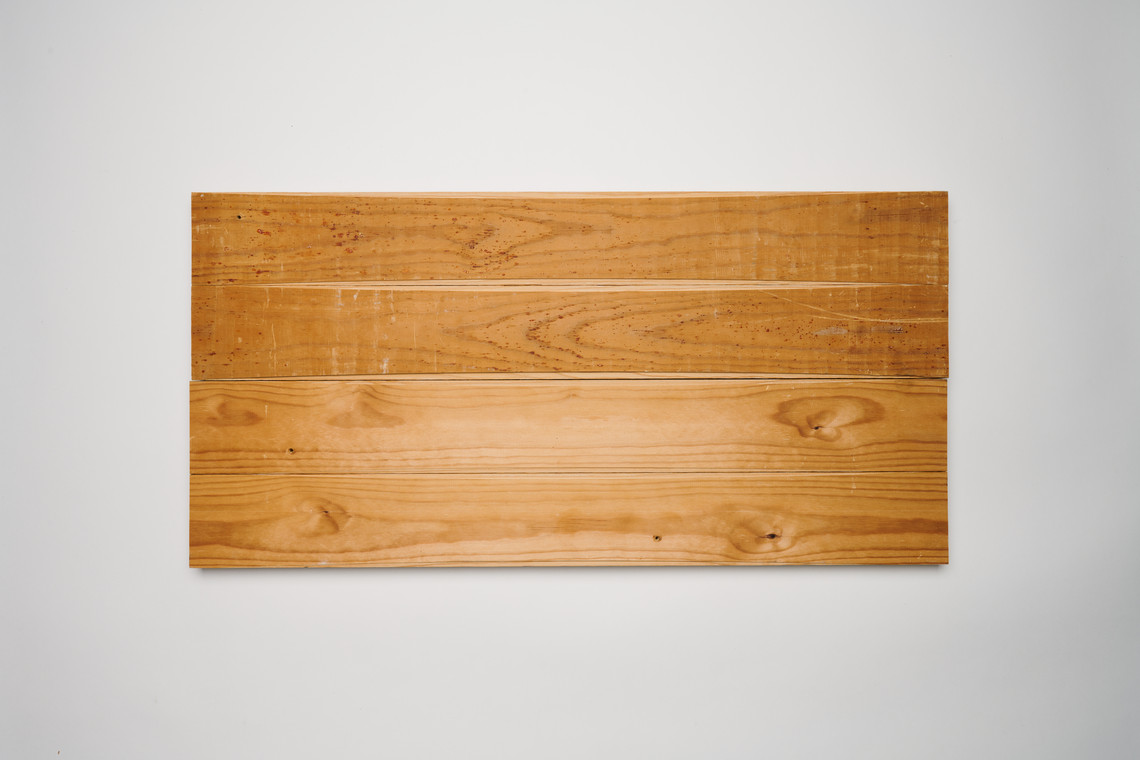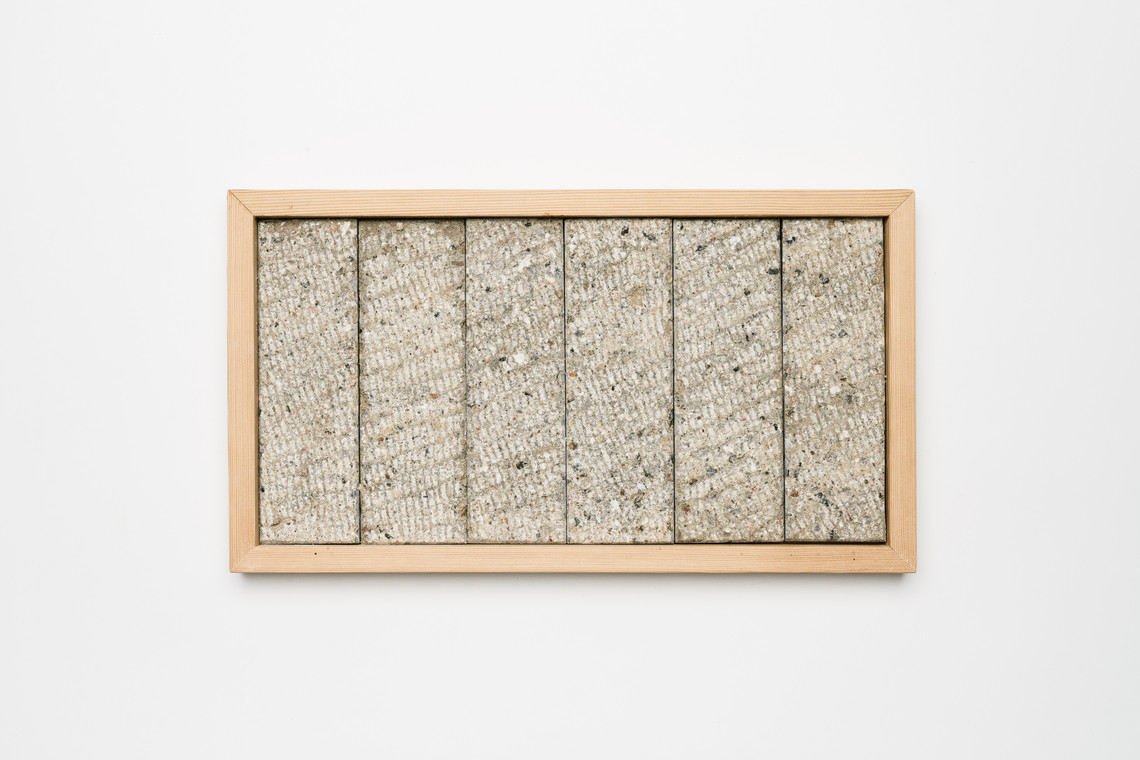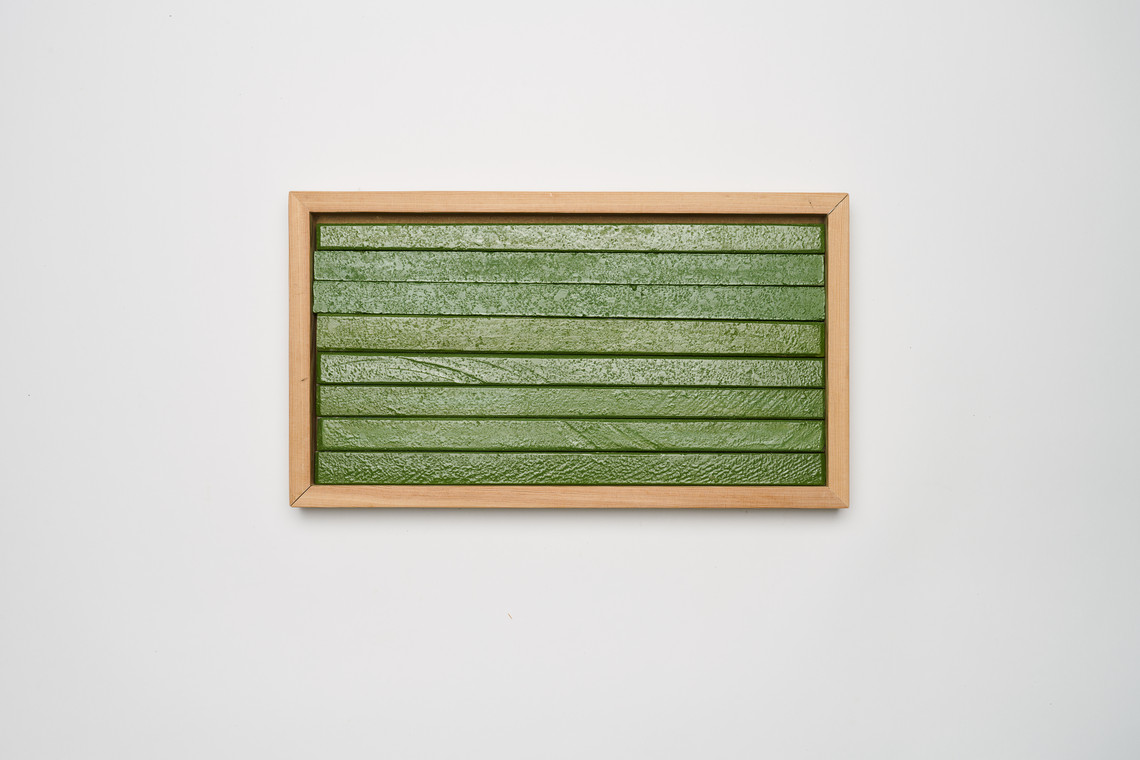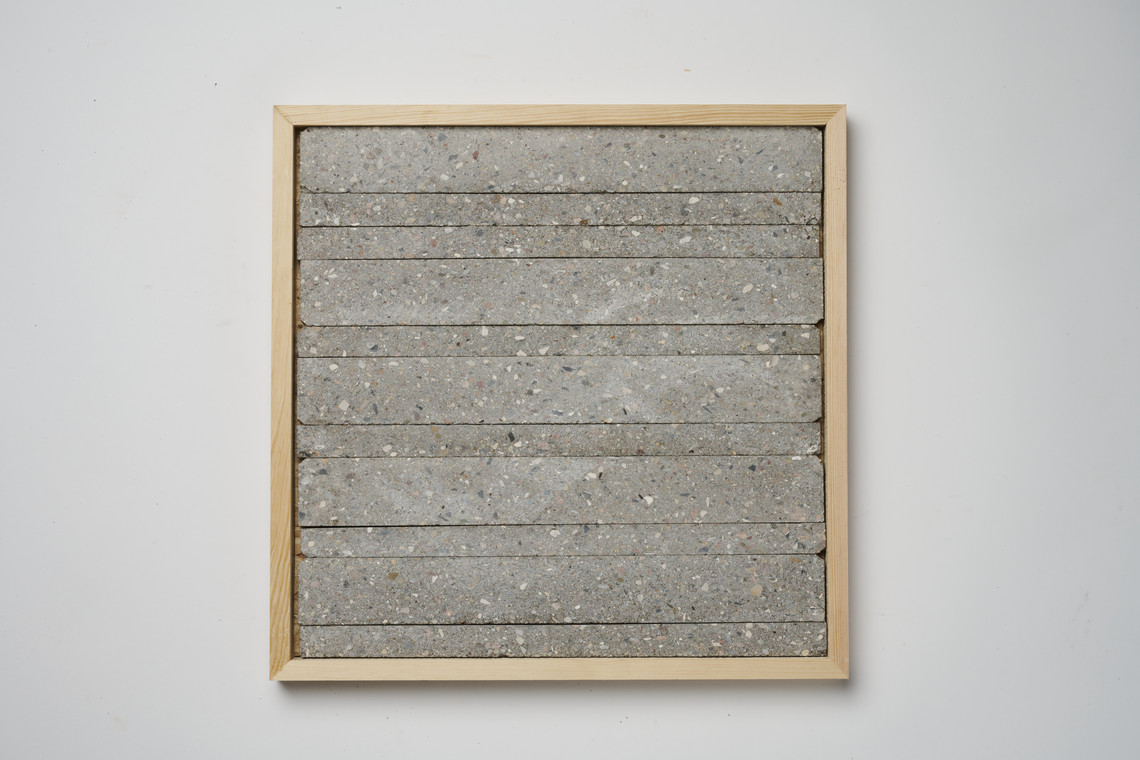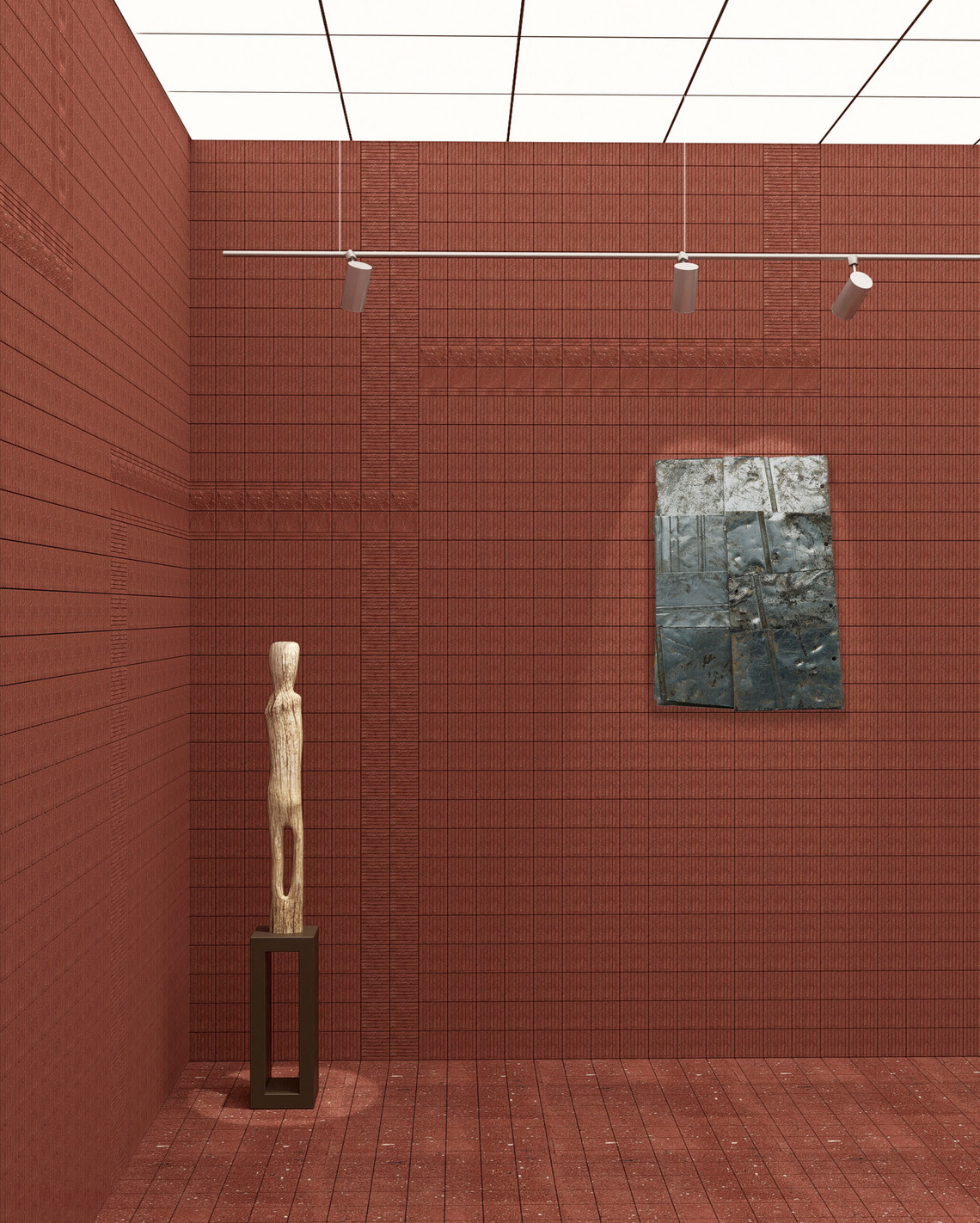
ReCraft - Reclaiming building materials.
ReCraft aims to rethink the way we source building materials by minimizing waste and keeping materials in the industries loop. We reclaim demolition waste and transform it back into valuable resources, rediscovering its potential through traditional craftsmanship. By valuing non-standardized materials, we enable unique design possibilities and empower a local resorucefull craft indusrty. This project is a collaborated effort between Karoline Cecilie Aigner, Matti Elias Göran Kemppainen and David Maximilian Schneider.
How can the reuse of construction and demolition waste be a systemic practice, rather than an exceptional?
The problem.
Around 40% of globally extracted resources are used in the construction industry. Approximately 35% of waste generated in Europe and 40% of waste in Denmark comes from the construction and demolition industry. Why do we generate so much waste if we extract so many resources?
Demolition as resource.
This project aims to minimise the generation of waste, focusing on the waste streams generated during the demolition process. It examines cases where prevention is no longer an option, looking into the demolition process and what happens to the materials afterward.
ReCraft Resource.
ReCrafts resources derive from demolition sites in Denmark, with a focus on the Copenhagen region. These buildings vary widely in their original functions and sizes but share a common construction period from 1960 to 1981, resulting in some overlap in the materials available. The demolition processes we encounter are equally diverse, therefore we worked with three different demolition cases:
1. Pre demolition: Municipality Hall, Høje Taastrup
2. Housing Complex, Nykøbing Falster Demolition:
3. Post demolition: Chrome Factory, Brøndby
These different scenarios require us to adapt our strategies and methods for recovering materials to ensure that we maximise the potential of each site.
Resourced materials.
A collection of materials we could source from demolition sites. Due to the economic benefits of recycling metals and glass, a good infrastructure exists, and these materials are sourced from various companies.
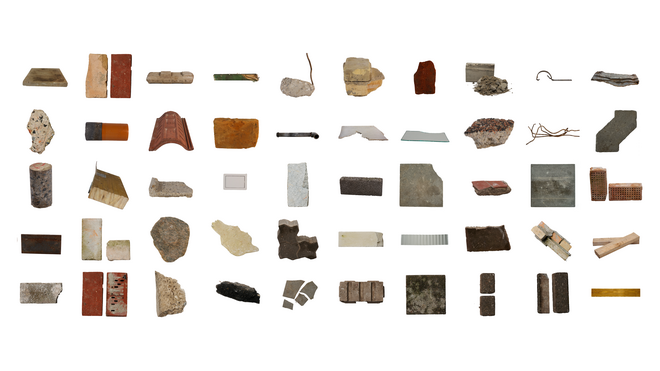
ReCraft Process.
The process began with visits to various demolition sites to find a variety of materials. We documented these materials and their unique elements thoroughly in our digital database. This was followed by an experimental testing phase in which we assessed the potential and value of each material. This hands-on experience provided crucial insights into the materials limitations and possibilities.
With a understanding of the materials and inspiration from traditional craftmanship, we began to design creations that utilised their specific properties. Whilst making each piece by hand, we also explored suitable production techniques to scale up our operation and automate some of the manufacturing process.
ReCraftsmanship
We take inspiration from a millennium of craftsmanship and utilize centuries-old techniques to breathe new life into salvaged building materials. By reinterpreting traditional methods, we transform demolition materials into high-quality, sustainable pieces, each with a story to tell. As the art of craftsmanship in Denmark is declining and most of the work is outsourced to other countries, we aim to create a local handcraft economy with local salvaged materials.
ReCrafted Products.
The first ReCrafted materials are interior elements such as flooring and wall tiles or cladding, available in various shapes, colors, and textures. These products originate from three different demolition sites and belong to two seperate collections.
The Høje Taastrup Collection.
The Høje Taastrup Collection features materials from the former Municipality Hall of Høje Taastrup, including pine wood elements and the Textured Taastrup Tiles. The design approach for these materials primarily involves surface work, utilizing techniques from various crafts applied to the reclaimed resources.
The Element Collection.
The Element Collection is named after the prefabricated concrete elements used to replace other construction materials during the construction time of the demolished buildings. These elements were prefabricated and assembled on-site, which saved both costs and time. Materials from the Element Collection have sustained more damage, as they have already undergone the demolition process.
ReCrafted aesthetics.
Salvaged building materials from demolition work can be reused in a new architectural context and look aesthetically pleasing! The use of our product portfolio in the design of everyday spaces offers unique design possibilities and allows creative boundaries to be pushed. By upgrading and re-standardising non-standard materials, we make it possible to extend the life of the materials in a new architectural environment.
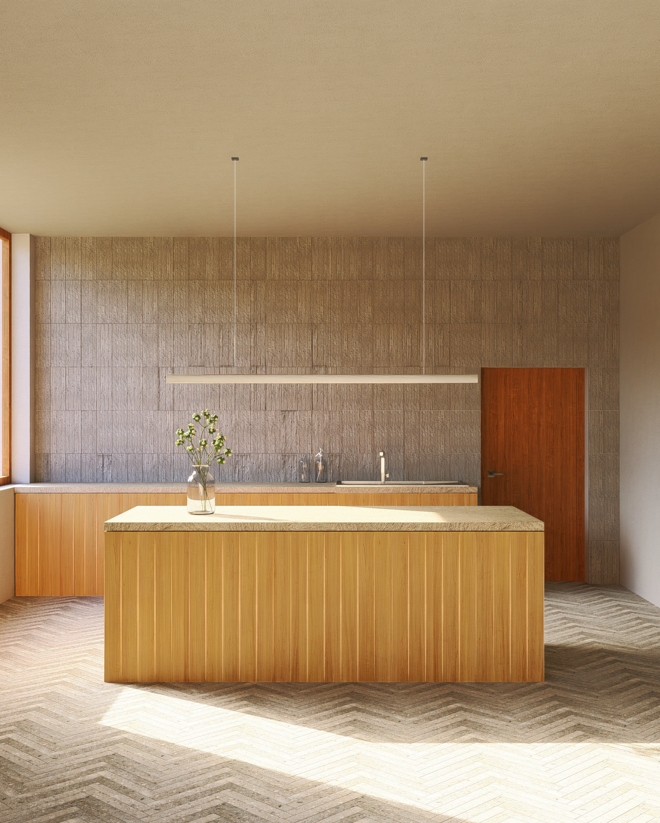
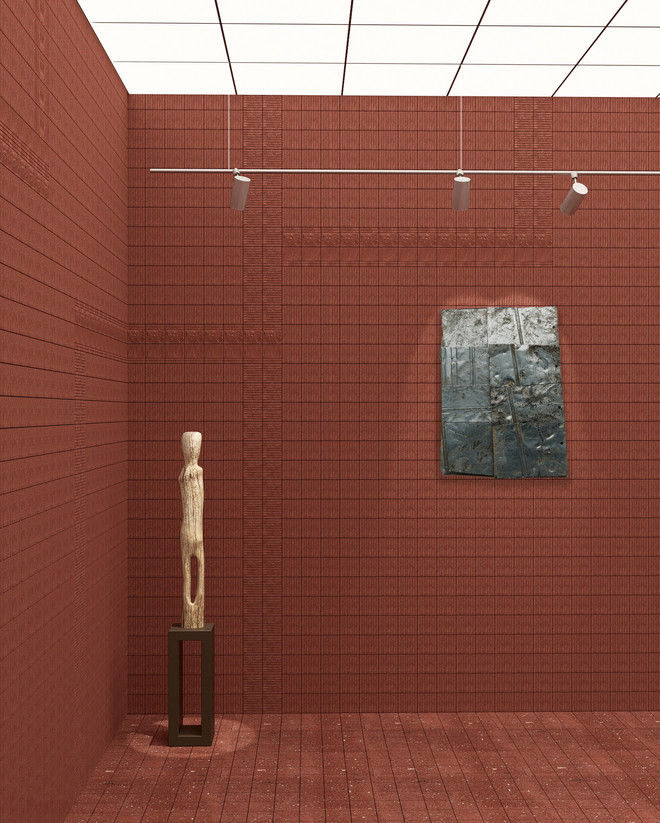
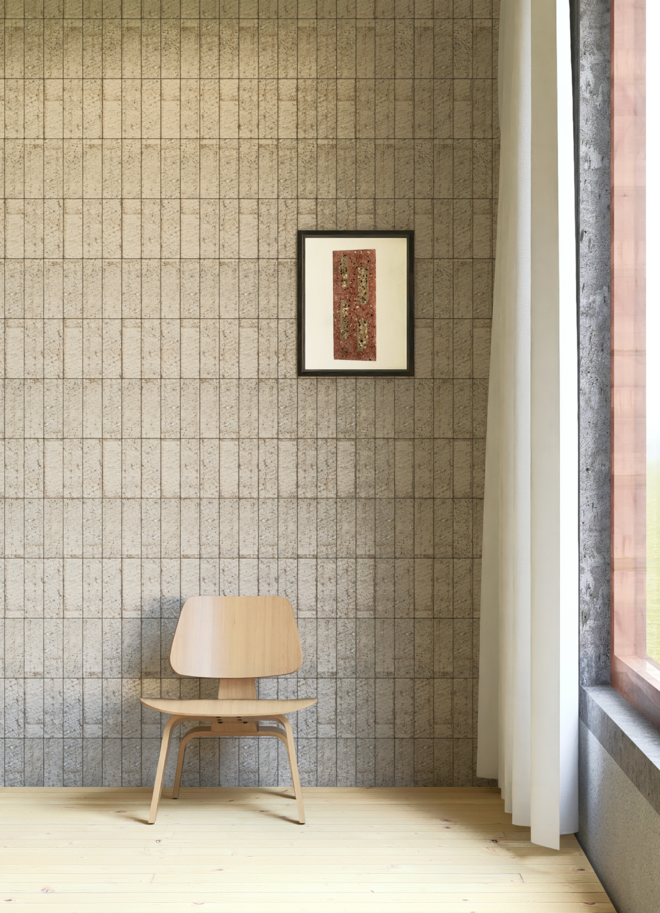
Credits.
Credits.
Thanks to all the people collaborating with and also helping us:
Lone Lindgård Laursen (Ikano Bolig)
Jesper Nielsen (NKR Demolition)
Morten Emil Engel
Ruben Andersen
Camilla Hedegaard Møller
Tan Le
Tobias Collstrup Petersen
Sandro Siefert
Esben Kaldahl
Leonore Antonia Aigner
Det Kongelige Akademi understøtter FN’s verdensmål
Siden 2017 har Det Kongelige Akademi arbejdet med FN’s verdensmål. Det afspejler sig i forskning, undervisning og afgangsprojekter. Dette projekt har forholdt sig til følgende FN-mål